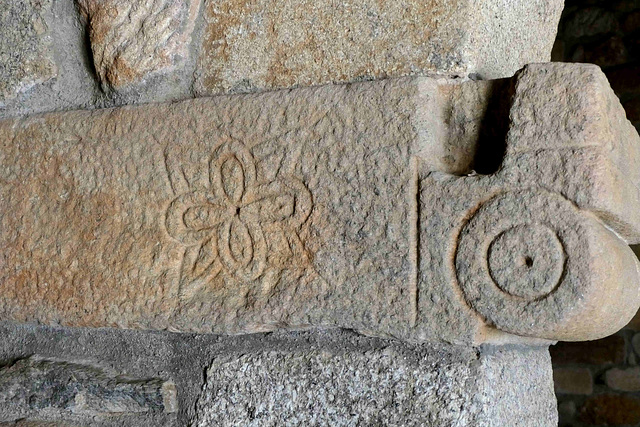Igreja do Salvador de Freixo de Baixo
Lamego - Capela de São Pedro de Balsemão
Lamego - Capela de São Pedro de Balsemão
Lamego - Capela de São Pedro de Balsemão
Lamego - Lavandaria
Ourense - Santa Eufemia
Lamego - Sé de Lamego
Lamego - Sé de Lamego
Lamego - Castelo de Lamego
Douro
Bragança - Igreja de Santa Maria
Bragança - Igreja de Santa Maria
Bragança - Igreja de Santa Maria
Bragança - Domus Municipalis
Bragança - Domus Municipalis
Bragança - Castelo de Bragança
Bragança - Castelo de Bragança
Bragança
Bragança - San Bento
Bragança - São Vicente
Bragança - São Vicente
Bragança - São Vicente
Bragança - Praça do Principal
Lamego - Capela de São Pedro de Balsemão
Lamego - Capela de São Pedro de Balsemão
Lamego - Capela de São Pedro de Balsemão
Bragança - Praça do Principal
Viseu - Museu de Arte Sacra
Viseu - Museu de Arte Sacra
Viseu - Museu de Arte Sacra
Viseu - Museu de Arte Sacra
Viseu - Sé de Viseu
Viseu - Sé de Viseu
Viseu - Sé de Viseu
Viseu - Sé de Viseu
Viseu - Sé de Viseu
Viseu - Sé de Viseu
Viseu - Sé de Viseu
Viseu - Sé de Viseu
Viseu - Sé de Viseu
Viseu - Igreja da Misericórdia
Viseu - Lavandaria Infante
Viseu - Igreja da Misericórdia
Aveiro - Capela de São Bartolomeu
Aveiro - Nitrato do Chile
Location
Lat, Lng:
You can copy the above to your favourite mapping app.
Address: unknown
You can copy the above to your favourite mapping app.
Address: unknown
See also...
Keywords
Authorizations, license
-
Visible by: Everyone -
All rights reserved
-
75 visits
Lamego - Capela de São Pedro de Balsemão


Behind the baroque façade of the Capela de São Pedro de Balsemão is perhaps the oldest church in Portugal, dating back to the 7th century.
It was a Visigothic (some say Suebi) sanctuary dating back to the 7th century.
In the location of the chapel was a Roman villa, which can be dated from inscriptions from the period of Claudius, as some of the Roman stones were reused here. Balsemão was already an ecclesiastical parish already in the 6th century. In the 10th century, with the repopulation of the area, the church was renovated. The church was profoundly transformed after the 14th century, when the Bishop of Porto, Afonso Pires, selected the chapel to bury his earthly remains. His sarcophagus is today located in the principal nave.
Wall ornaments
It was a Visigothic (some say Suebi) sanctuary dating back to the 7th century.
In the location of the chapel was a Roman villa, which can be dated from inscriptions from the period of Claudius, as some of the Roman stones were reused here. Balsemão was already an ecclesiastical parish already in the 6th century. In the 10th century, with the repopulation of the area, the church was renovated. The church was profoundly transformed after the 14th century, when the Bishop of Porto, Afonso Pires, selected the chapel to bury his earthly remains. His sarcophagus is today located in the principal nave.
Wall ornaments
Alexander Prolygin has particularly liked this photo
- Keyboard shortcuts:
Jump to top
RSS feed- Latest comments - Subscribe to the comment feeds of this photo
- ipernity © 2007-2025
- Help & Contact
|
Club news
|
About ipernity
|
History |
ipernity Club & Prices |
Guide of good conduct
Donate | Group guidelines | Privacy policy | Terms of use | Statutes | In memoria -
Facebook
Twitter

Sign-in to write a comment.